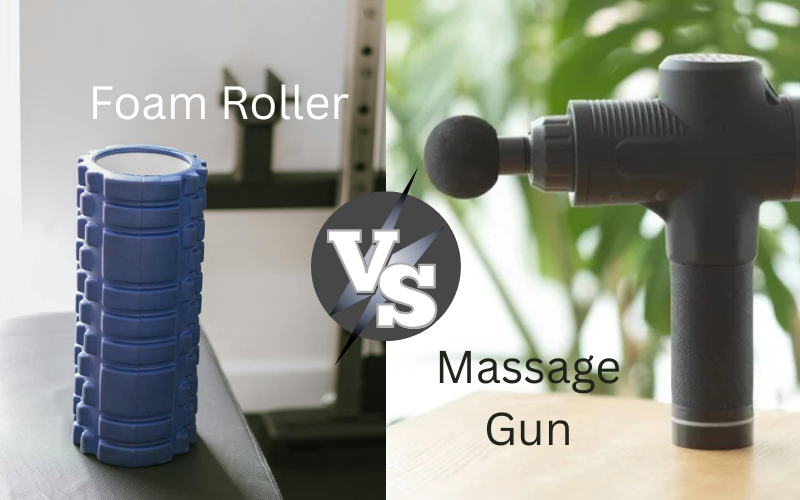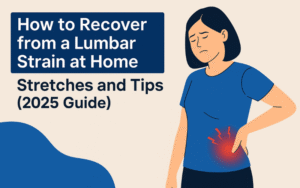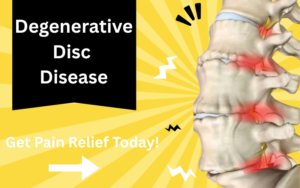Foam roller vs. Massage gun: When it comes to muscle recovery, two of the most popular tools are the foam roller and massage gun. Both claim to reduce soreness, improve blood flow, and help recover your muscles. But which one actually works better?
A foam roller offers a simple, hands-on approach to relieving tight muscles, while a massage gun delivers deep percussive therapy with minimal effort. Each has its benefits—but also its drawbacks. If you’re wondering which tool is right for you, keep reading. We’ll break down the key differences and help you decide the best option for your recovery routine.
Table of Contents
🚨 Pause! – Before you continue:
👉Purchase your foam roller today: Foam Roller
👉 Purchase your massage gun today: Massage Gun
Effectiveness for Muscle Recovery
When it comes to muscle recovery, the right tool can make a big difference. Both a foam roller and massage gun help relieve soreness, improve blood flow, and speed up healing—but they work in different ways. Let’s break down how effective each one is.
1. Depth of Muscle Penetration
- Foam Roller: Uses body weight to apply pressure, but it mostly affects surface-level muscles. It can reach deeper tissues with certain techniques, but it takes more effort.
- Massage Gun: Uses percussive therapy to reach deeper muscle layers without much effort. The rapid pulses break up tension and improve blood circulation faster.
2. Reducing Muscle Soreness (DOMS)
Delayed onset muscle soreness (DOMS) happens after intense exercise. Both tools can help, but in different ways:
- Foam Roller: Works by breaking up knots and increasing circulation, which helps flush out lactic acid. However, it can be painful, especially for sore muscles.
- Massage Gun: Delivers quick, targeted relief by reducing muscle stiffness and boosting blood flow. It may feel intense, but most users find it less painful than foam rolling.
3. Blood Flow & Circulation
Good circulation speeds up recovery by delivering oxygen and nutrients to muscles.
- Foam Roller: Improves circulation over a larger surface area but requires time and proper technique.
- Massage Gun: Increases localized blood flow quickly, making it more effective for fast recovery.
4. Breaking Up Muscle Knots & Tension
- Foam Roller: Effective for broad areas like the back and legs but may struggle with small, tight knots.
- Massage Gun: Works well for targeted knots in areas like the shoulders and calves. However, improper use can cause bruising or discomfort.
Here’s a quick, at-a-glance comparison of each tool’s effectiveness:
| Feature | Foam Roller | Massage Gun |
|---|---|---|
| Deep Tissue Relief | ✅ Moderate – Requires pressure & technique | ✅✅✅ High – Reaches deep muscles effortlessly |
| Soreness Reduction (DOMS) | ✅ Good – Helps flush out lactic acid but can be painful | ✅✅ Excellent – Provides quick relief with less discomfort |
| Circulation Improvement | ✅✅ Great – Stimulates blood flow over a large area | ✅✅✅ Superior – Boosts localized blood flow quickly |
Ease of Use & Convenience
When choosing between a foam roller vs. massage gun, ease of use matters. A recovery tool should be simple, effective, and fit into your routine without hassle. Let’s compare how each one stacks up.
1. Learning Curve: Which One Is Easier to Use?
- Foam Roller: Requires proper technique. Rolling too fast or applying too much pressure can reduce effectiveness or even cause discomfort. Learning how to target specific muscle groups takes time.
- Massage Gun: More user-friendly—just turn it on and apply it to the sore muscle. Different speed settings allow for easy adjustments based on comfort and pain tolerance.
2. Effort Required
- Foam Roller: You need to use your body weight and movement to apply pressure. This can be tiring, especially when muscles are sore.
- Massage Gun: Requires almost no effort—just hold the device and let the percussive therapy do the work.
3. Portability & Storage
- Foam Roller: Bulky and takes up space. Not ideal for travel.
- Massage Gun: Compact and easy to carry. Many models come with travel cases, making them perfect for on-the-go recovery.
4. Time Efficiency
- Foam Roller: A full-body session can take 10–15 minutes. Rolling each muscle group properly requires patience.
- Massage Gun: Can provide targeted relief in just 1–2 minutes per muscle, making it faster for quick recovery.
Here’s a quick, Foam Roller vs. Massage Gun Side-by-Side Comparison:
| Feature | Foam Roller | Massage Gun |
|---|---|---|
| Ease of Use | Requires proper technique and body positioning | Simple to use—just turn on and apply to muscles |
| Effort Required | Requires bodyweight pressure and movement | Minimal effort—device does the work for you |
| Portability | Lightweight but bulky to carry | Compact and easy to travel with |
| Time Efficiency | Takes 10–15 minutes for full-body recovery | Provides quick relief in 1–2 minutes per muscle |
Targeted Muscle Relief
One of the biggest differences between a foam roller vs. massage gun is how well they target specific muscles. When dealing with muscle tightness, knots, or soreness, precision matters. Let’s compare how each tool performs when it comes to targeted muscle relief.
1. Large Muscle Groups vs. Small Muscle Groups
- Foam Roller: Best for large muscle areas like the back, quads, hamstrings, and glutes. However, it can be difficult to reach small or tight muscles, such as the calves, forearms, or traps.
- Massage Gun: Designed for precise targeting. It works well on both large and small muscles, including tricky areas like the neck, shoulders, and feet.
2. Deep Tissue vs. Surface-Level Relief
- Foam Roller: Provides broad, surface-level pressure, which can help release tightness but may not penetrate deeply into knots.
- Massage Gun: Uses percussive therapy to break up deep muscle tension with minimal effort. This makes it better for deep tissue relief and stubborn knots.
3. Hard-to-Reach Areas
- Foam Roller: Works well on areas you can roll over easily but struggles with spots like the upper back, shoulders, and neck.
- Massage Gun: Can easily target hard-to-reach areas without needing awkward positions. Simply point the gun and adjust the pressure as needed.
4. Trigger Point & Knot Relief
- Foam Roller: Can help release trigger points, but requires slow, controlled movements and the right technique.
- Massage Gun: More effective for breaking up muscle knots quickly due to rapid pulses that reach deep tissue layers.
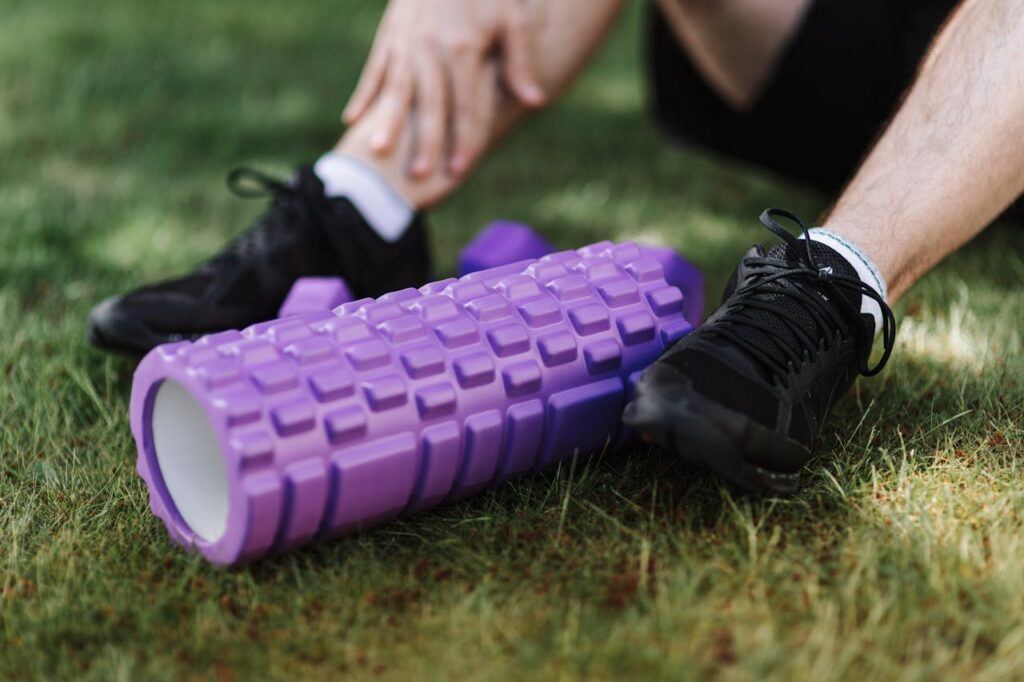
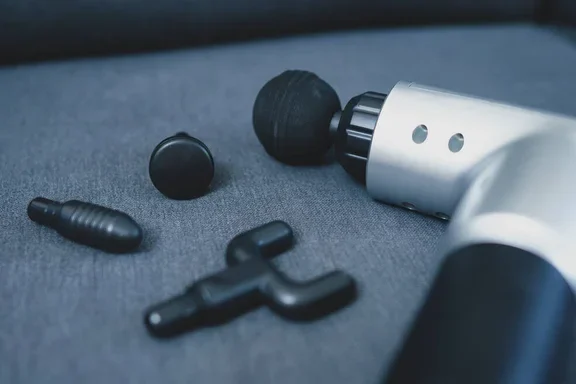
Cost & Durability
When comparing a foam roller vs. massage gun, price and longevity are important factors. Both tools can aid in muscle recovery, but they come at different costs and offer varying levels of durability. Let’s break down which one gives you the best value.
1. Price Comparison: Which One Costs More?
- Foam Roller: Typically costs between $10 and $50, depending on the material, size, and brand. High-density or vibrating foam rollers can cost up to $100.
- Massage Gun: Prices range from $50 to $500. Budget models offer basic features, while high-end versions include multiple speed settings, attachments, and longer battery life.
Here’s a quick, Foam Roller vs. Massage Gun Price Comparison
| Product Type | Budget ($) | Mid-Range ($$) | Premium ($$$) |
|---|---|---|---|
| Foam Roller | $10 – $25 | $25 – $50 | $50 – $100 (high-density or vibrating models) |
| Massage Gun | $50 – $100 | $100 – $250 | $250 – $500 (professional-grade models) |
💡 Foam rollers are the more affordable option, while massage guns vary widely in price depending on features like speed settings, attachments, and battery life.
2. Durability: Which One Lasts Longer?
- Foam Roller: Made from EVA or EPP foam, which can compress over time, especially with frequent use. High-density models last longer but can still wear down after a few years.
- Massage Gun: Built with metal and plastic components, making it more durable. However, the motor and battery can wear out, and cheap models may break within 1–2 years.
3. Maintenance & Upkeep
- Foam Roller: Requires little to no maintenance. Just clean it occasionally to prevent dirt buildup.
- Massage Gun: Needs regular charging and occasional maintenance, such as replacing attachments or batteries. Some models may require lubrication for the motor.
4. Long-Term Investment: Which One Offers Better Value?
- If you want a budget-friendly, long-lasting option, a foam roller is the better pick.
- If you need a high-tech tool for deep muscle recovery, a massage gun is worth the investment—but you may need to replace or repair it over time.
For many, owning both tools makes sense—using a foam roller for general recovery and a massage gun for targeted relief when needed.
Who Should Use Each One?
Both a foam roller vs. massage gun are great for muscle recovery, but which one is best for you? The answer depends on your fitness level, recovery needs, and personal preferences. Let’s break down who benefits most from each tool.
1. Best for Athletes & Active Individuals
- Foam Roller: Ideal for runners, weightlifters, and yogis who need full-body muscle relief and improved flexibility. Great for pre-workout warm-ups and post-workout recovery.
- Massage Gun: Perfect for athletes who need fast, deep muscle relief after intense training. Helps break up tight knots and soreness in specific areas.
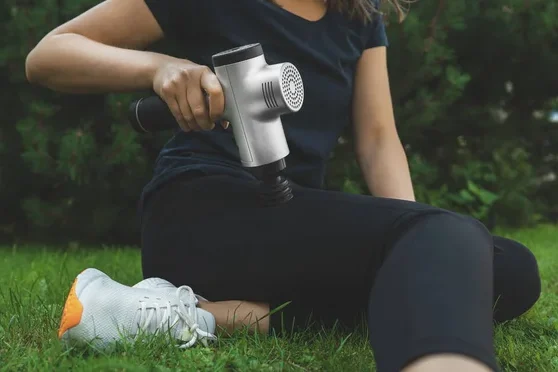
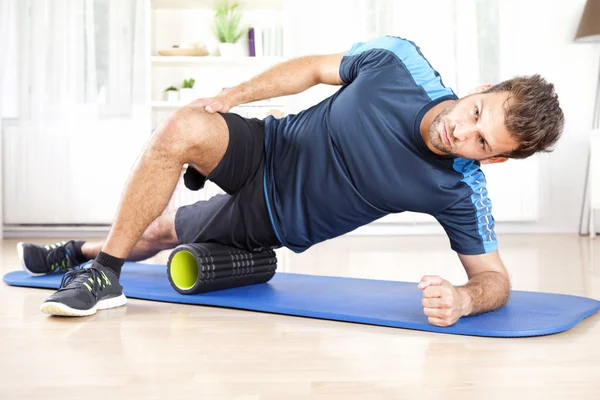
2. Best for Rehab & Injury Recovery
- Foam Roller: Helps with mobility and flexibility, making it useful for those recovering from minor injuries or dealing with chronic muscle tightness.
- Massage Gun: Useful for targeted pain relief, but should be used carefully for injuries. Always check with a physical therapist or doctor before use.
3. Best for Beginners vs. Experienced Users
- Foam Roller: Requires proper technique but is beginner-friendly with guidance.
- Massage Gun: Easier to use right away—just power it on and apply to sore areas.
4. Best for Convenience & Lifestyle
- Foam Roller: Best for those who don’t mind putting in the effort and have space for storage.
- Massage Gun: Ideal for busy individuals who want quick, hands-free relief and need a portable recovery tool.
Final Verdict: Which One is Best for Muscle Recovery?
When choosing between a foam roller vs. massage gun, there is no clear winner. Each tool has its own benefits. A foam roller helps with flexibility, mobility, and full-body muscle relief. A massage gun provides deep, targeted muscle recovery with less effort.
If you want a budget-friendly way to loosen tight muscles and improve flexibility, go with a foam roller. If you need fast, deep relief for sore spots, a massage gun is a better choice. Many people use both—a foam roller for general recovery and a massage gun for targeted pain relief.
No matter which tool you pick, using it regularly can reduce soreness, boost circulation, and speed up muscle recovery. This will help you move better and feel better every day.
Frequently Asked Questions (FAQ)
1. Is a foam roller or massage gun better for muscle recovery?
Both help with muscle recovery, but they work in different ways. A foam roller is best for loosening tight muscles, improving flexibility, and boosting circulation. It requires bodyweight pressure and the right technique. A massage gun provides deep muscle relief with fast, targeted vibrations, requiring little effort. If you want a low-cost, full-body recovery tool, choose a foam roller. If you prefer quick, deep relief, a massage gun is the better option.
2. Can a massage gun replace a foam roller?
Not completely. A massage gun helps with deep muscle relief and blood flow, but it doesn’t improve mobility and flexibility like a foam roller. Many people use both—a massage gun for quick relief and a foam roller for stretching and full-body recovery.
3. How often should you use a foam roller or massage gun for muscle recovery?
Use a foam roller daily for 10–15 minutes on tight muscles. Massage guns work best for 1–2 minutes per muscle, up to twice a day. Avoid overuse to prevent soreness. Listen to your body and adjust as needed.
🚀 Looking for the best rehab tools that complement foam rollers or a massage gun? Check out our top recommendations! (Stretching Strap, HyperSphere Go Massage Ball, Firm Massage Ball, Yoga Mat)


